European Anemone | From how to plant to variety introduction
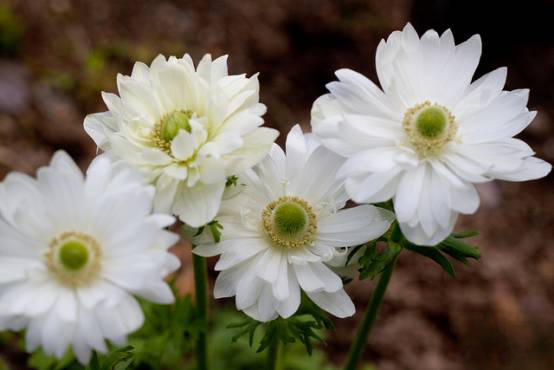
European anemone ( Anemone coronaria ): a perennial herbaceous flower of the genus Anemone in the family Ranunculaceae
Plant height: 10cm-40cm , with rhizomes.
Flowering period: February- May
Fruiting period: Capsule in summer
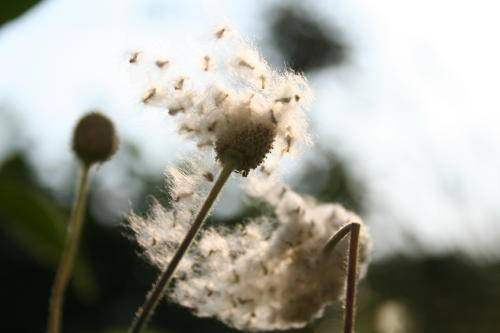
(It is estimated that most people have not seen its seeds, and the plant has already hung in the crazy rainy season)
Plant Introduction
The origin of European Anemone is in the Mediterranean region. It prefers cool and full-sun environment, moisture (not wet), loose, well-drained neutral or alkaline sandy loam. The most suitable growth temperature is 16℃-22℃.
Because of its large, colorful flowers and fresh and refined appearance, it is suitable for cultivation and viewing in rock gardens and flower beds. However, in most parts of the country, due to the excessively hot summers or the long rainy season, it is not very suitable for its growth, so it is often cultivated as a one-time flower.
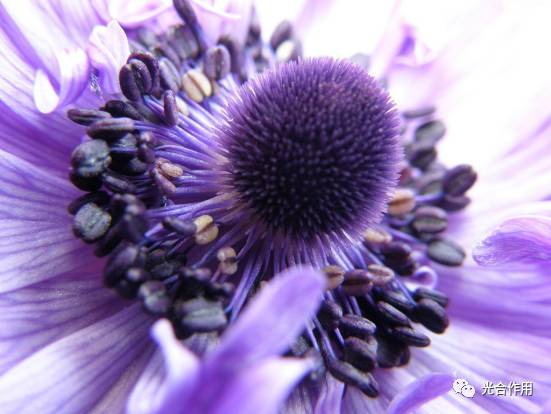
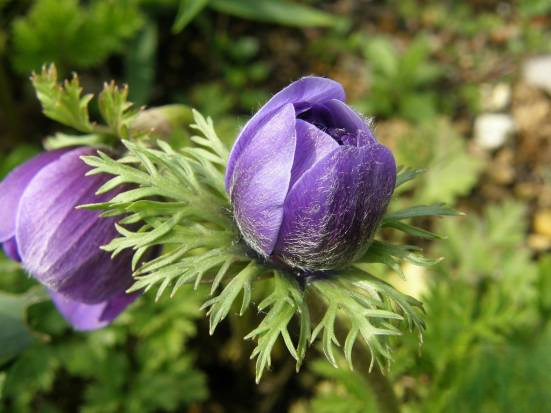
European Anemone has strict requirements on its cultivation environment. It is best to buy tubers in autumn and those that have been treated with low temperatures in areas with warm winter. A medium made of peat soil and perlite can be used as potting soil. Place it in a sunny place and new buds will grow in about half a month. Generally, the temperature is relatively low in winter and water is lost more slowly. Watering should be controlled to prevent bulb rot. It takes about 2 months from planting the tubers to flowering. Each bulb can produce 3-5 flowers.
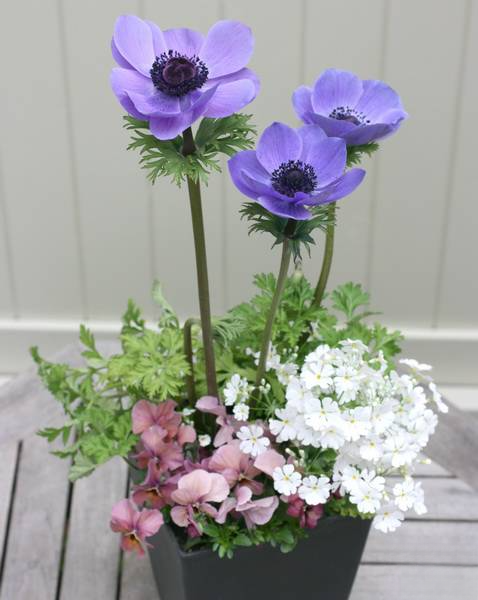
Planting management
Note: The following months are for reference only. The specific planting environment needs to be combined with individual regions.
January : Potted plants should be placed in a bright place indoors in winter, with the temperature kept at 10℃-17℃ during the day and 5℃-10℃ at night. Water the potting soil after it is completely dry, and apply a thin layer of fertilizer every 10 days. Plants in the Yangtze River Basin can spend the winter on land.
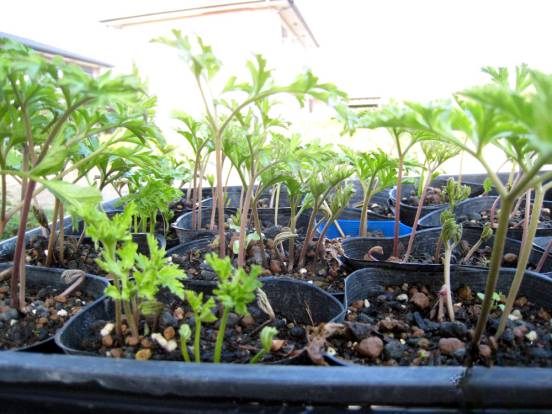
February: Place the potted plants in a well-lit place. If there is insufficient light for a long time, the plants will only grow branches but not bloom. The potting soil needs to be kept moist. Use water-soluble fertilizer once every 10 days.
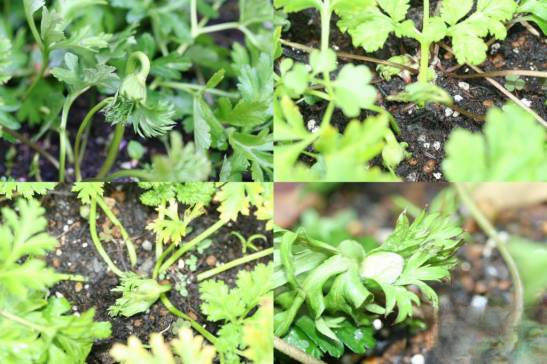
March-April : Potted plants begin to sprout and bloom in large numbers. The potting soil needs to be kept moist. Dry soil will affect the quality of flowering. Apply phosphorus and potassium fertilizers every ten days. In order to prevent gray mold from harming the leaves and aphids from harming the branches, the withered flowers and withered and rotten leaves should be cut off in time.
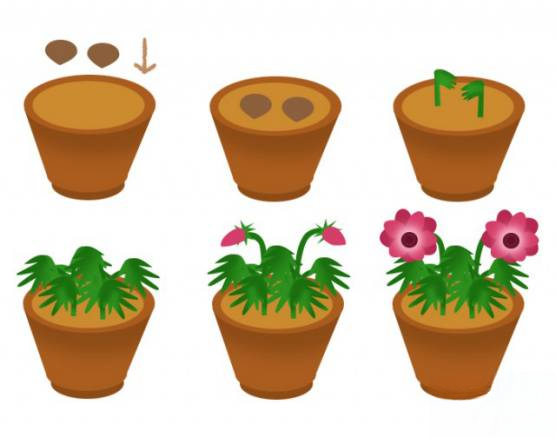
Plants planted in May bloom in large numbers. Applying phosphorus and potassium fertilizers once will help the development of fruits and tubers. The seeds of early-flowering varieties have gradually matured at this time and can be sown immediately after harvesting. The suitable temperature for germination is 18℃-20℃, and they will germinate 3-6 weeks after sowing. The seedlings need to be cultivated for 2-3 years before they can begin to bloom in large numbers.
June: After the flowers wither and the stems and leaves turn yellow and wither, dig out the tubers and place them in a cool place to dry them thoroughly, then store them in sand in a cool place indoors. The seedlings are very sensitive to high temperatures, and too high temperatures will inhibit their growth, so they should be removed from the cold bed for continued cultivation.
July-September: The dormant root tubers are not resistant to high temperatures and should be stored in sand at room temperature of 18℃-20℃. The stored root tubers should be checked frequently to keep them dry to prevent disease and rot.
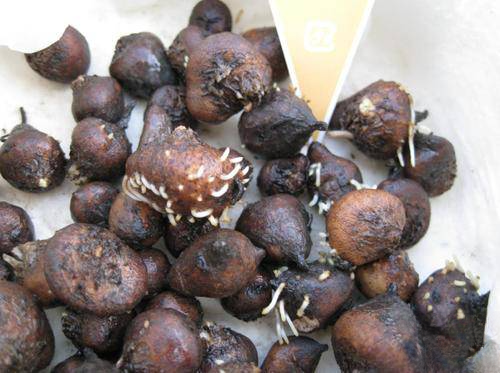
October-November: For ground planting, choose a place with high and dry terrain and fertile soil, prepare the ground, apply enough base fertilizer, and prepare for planting. Before planting, soak the tubers in wet sand or water (it is best to put them on wet cotton or napkins to let them absorb enough water), fully absorb water, so that they can sprout neatly after planting. The planting depth of the tubers is 4cm-5cm, and the pointed part of the tubers faces downward. For potted plants, it is appropriate to use a 15cm pot, plant 3 bulbs in each pot, and the planting depth is preferably 1.5cm. If planting is too late, flowering will be delayed and the number of flowers will also be reduced, so planting must be completed before the end of November.
December: The root tubers of potted plants are prone to rot under low temperature and excessive humidity conditions, so it is not advisable to water them too much after planting, and proper water control is required.
New Variety Introduction
There are many varieties of European anemones, and the more common ones in China are Bicolor Beauty, Flagship, Dutch Governor, Mount Everest, Dutch Beauty, etc. The Linhua series bred in recent years is deeply loved by people for its beautiful color and shape as well as its short and compact shape.


Salmon Red



Antique Red (different opening periods)

Antique Pink



Antiques (different opening periods)

Antique pale green

White

Antique Blue

Dark Blue
In addition to the Anemone series of the Linhua series, the double-petaled large-flowered varieties of the Aurora series are also very popular among people. Compared with the former, the latter are more suitable for ground planting.

Aurora Series White

Aurora series lavender

Aurora Series Antique Peach

Aurora Series Red

Aurora series red and white

Aurora Series Blue

Aurora Wines

Aurora Series Pearls
In addition to being planted alone for viewing in early spring, European anemones can also be planted with bulbous plants such as daffodils, hyacinths, grape hyacinths, tulips, striped sea squill, etc. to create a richer spring scenery.
If you want to see more content or help Huahua to urge the manuscript, please contact the author directly on Weibo
This article is authorized by the author to be published on Photosynthesis. Please contact me directly for reprinting.